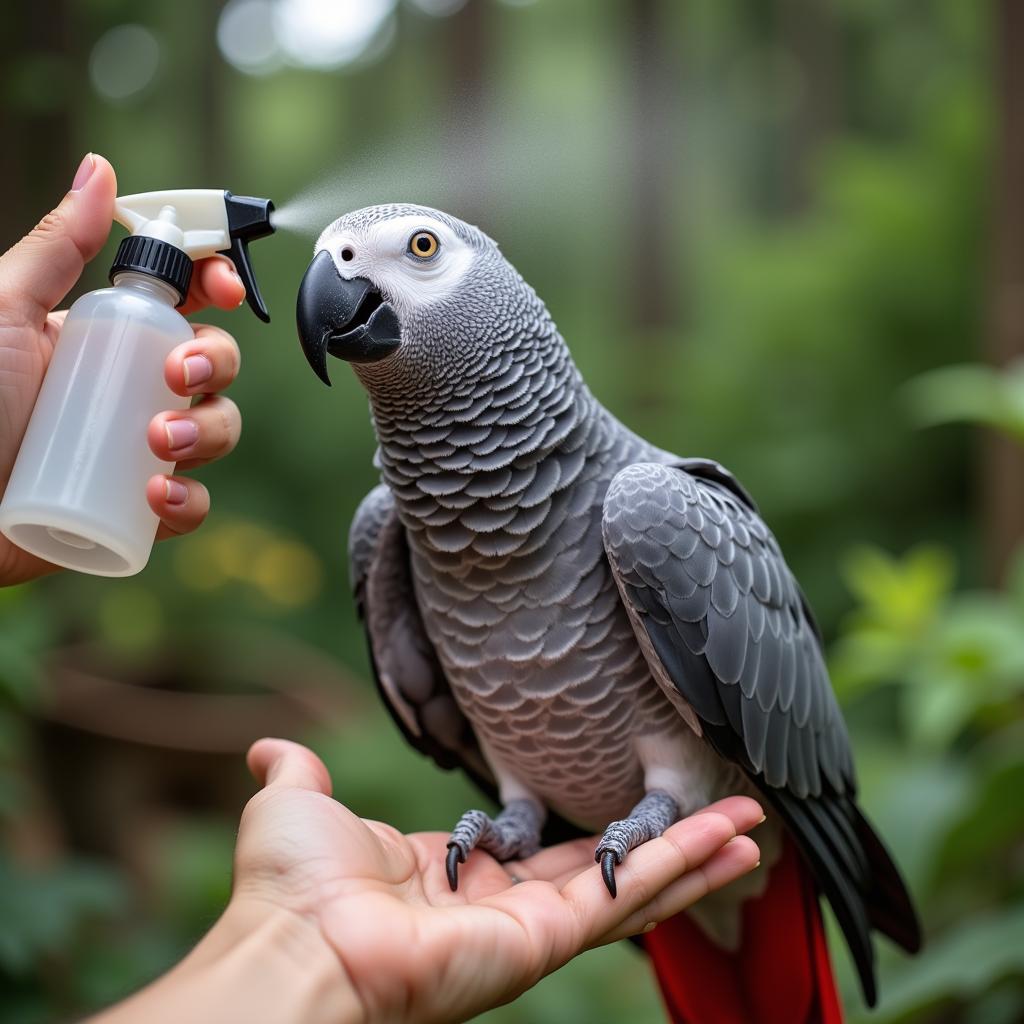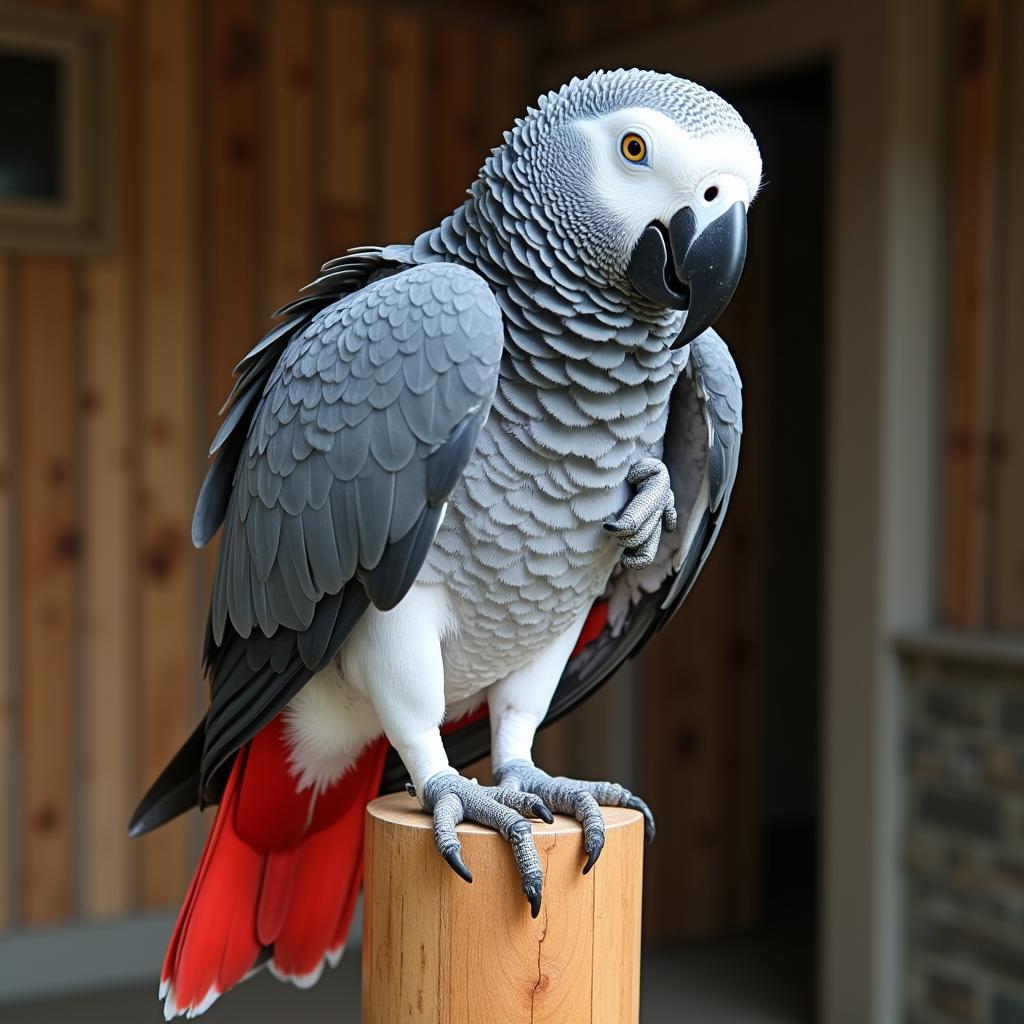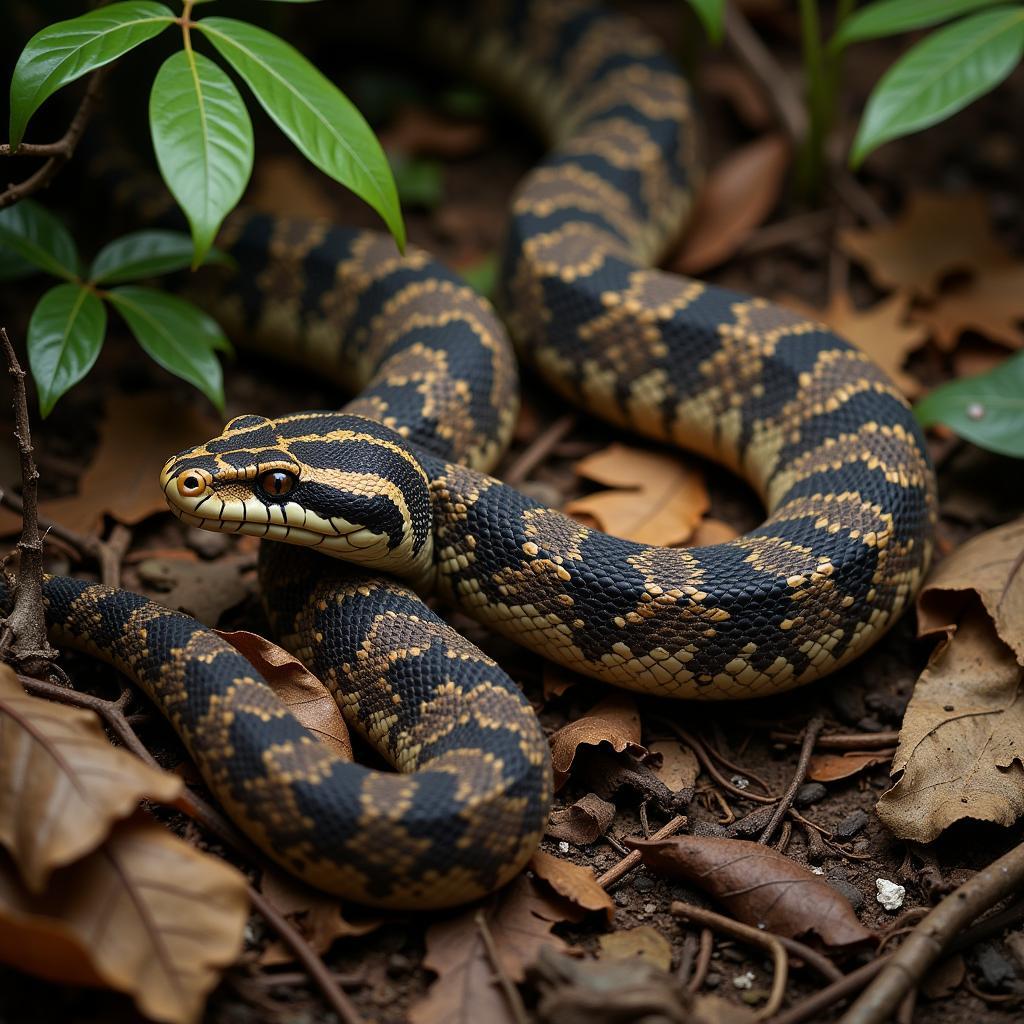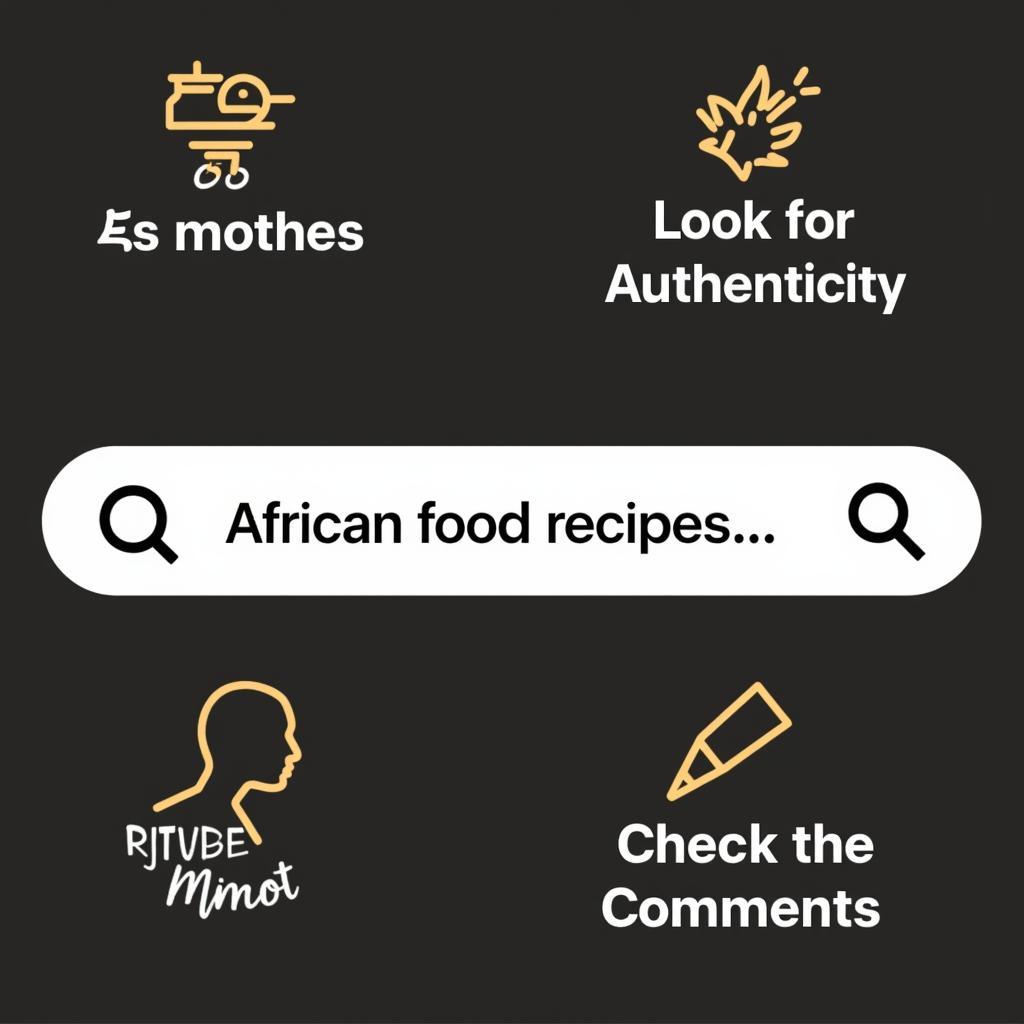The Ultimate Guide to African Grey Parrot Baths
The African grey parrot, known for its intelligence and talking abilities, is a treasured companion for many. Part of responsible African grey parrot ownership is ensuring their well-being, and regular bathing plays a crucial role in that. While the idea of an African Grey Parrot Bath might seem daunting, it’s a natural and enjoyable activity for these birds when done right.
Why are African Grey Parrot Baths Important?
In their natural habitats, African grey parrots bathe frequently, enjoying the rain and dipping in puddles. These baths serve several important purposes:
- Feather Maintenance: Bathing helps remove dust, dirt, and feather debris, keeping their plumage clean and healthy.
- Preening Aid: Water softens the feathers, making preening easier and more effective. This process helps distribute natural oils, maintaining feather integrity and waterproofing.
- Skin Hydration: Just like humans, parrots need moisture for healthy skin. Baths prevent dryness and irritation.
- Behavioral Enrichment: Bathing is a stimulating and enriching activity for African grey parrots, mimicking their natural behaviors and promoting psychological well-being.
How Often Should You Bathe Your African Grey Parrot?
The frequency of bathing depends on your parrot’s individual preferences and lifestyle. However, a good rule of thumb is to offer a bath 2-3 times a week. Some parrots might enjoy daily baths, while others prefer less frequent sessions. Observe your bird’s behavior to determine their individual needs.
Different Types of African Grey Parrot Baths
There are several ways to provide a bath for your African grey parrot. Experiment with different methods to find what your feathered friend enjoys the most:
1. Shower Perch Baths
Attach a shower perch inside your shower and allow your parrot to join you during your showers. The warm mist and gentle water pressure can be a luxurious experience for your bird.
2. Spray Bottle Baths
Fill a clean spray bottle with lukewarm water and mist your parrot. Ensure the spray is gentle and avoid spraying directly in their face.
 African Grey Parrot Getting Misted
African Grey Parrot Getting Misted
3. Bowl Baths
Place a shallow bowl filled with lukewarm water in your parrot’s cage or on a safe, supervised surface. Some parrots enjoy dipping their bodies in the water and splashing around.
4. Sink Baths
Fill your sink with a few inches of lukewarm water and let your parrot bathe in it. Supervise closely to prevent accidents.
Tips for a Successful African Grey Parrot Bath
- Choose the Right Time: Avoid bath time when your parrot is tired or stressed. Offer baths during their active hours.
- Use Lukewarm Water: The water temperature should be comfortably warm, similar to what you’d use for a baby. Test the water on your wrist before bathing your parrot.
- Never Force It: Never force your parrot to bathe. Let them approach the water at their own pace. Forcing a bath can create negative associations with water.
- Positive Reinforcement: Offer praise, treats, or their favorite toys as positive reinforcement during and after bath time.
- Drying Off: After the bath, allow your parrot to air dry naturally in a warm, draft-free area. You can also provide a towel for them to rub against.
- Consider the Season: In colder months, ensure the room is warm enough for your parrot to dry quickly after a bath.
 African Grey Parrot Drying Its Feathers
African Grey Parrot Drying Its Feathers
Signs Your African Grey Parrot Enjoys Bath Time
- Spreading their wings and tail feathers
- Fluffing their feathers
- Dipping their head and body in the water
- Rubbing their body against wet surfaces
- Making happy chirping sounds
What to Do If Your African Grey Parrot Dislikes Baths
Some African grey parrots might be hesitant to bathe, especially if they’ve had negative experiences in the past. Here are some tips to help them enjoy bath time:
- Start Slowly: Introduce baths gradually. Begin by misting the area around them and gradually move closer as they become more comfortable.
- Use Positive Association: Associate bath time with positive experiences like treats, toys, or gentle petting.
- Be Patient: It might take time and patience for your parrot to accept and enjoy baths.
African Grey Parrot Bath Essentials
- Shower perch (for shower baths)
- Clean spray bottle (for misting)
- Shallow bowls (for bowl baths)
- Lukewarm water
- Towel (for drying)
- Your parrot’s favorite treats and toys (for positive reinforcement)
For more information on caring for your African grey parrot, you can explore resources on African grey parrot supplies or learn about African grey plucking collar if feather plucking is a concern.
Conclusion
Regular bathing is an integral part of caring for your African grey parrot. By understanding their needs and preferences, you can make bath time an enjoyable and enriching experience for your feathered companion. Remember to be patient, observe their behavior, and provide positive reinforcement to foster a positive association with water. With a little effort, you can help your African grey parrot maintain their health, hygiene, and happiness.
FAQs About African Grey Parrot Baths
1. Can I use regular tap water for my parrot’s bath?
It’s generally safe to use regular tap water as long as it’s not heavily chlorinated. If you’re unsure, you can use filtered water or let the tap water sit out for 24 hours to allow the chlorine to evaporate.
2. What should I do if my parrot gets water in its ears during a bath?
Don’t panic. Parrots have natural mechanisms to drain water from their ears. Allow your parrot to shake its head and air dry in a warm, draft-free area.
3. Can I use shampoo on my African grey parrot?
Avoid using human shampoos or soaps on your parrot. These products can strip away the natural oils from their feathers, leading to dryness and irritation. If you need to clean their feathers, use a specialized bird shampoo recommended by a veterinarian.
4. My parrot seems scared of water. What can I do?
Start by introducing water gradually and associating it with positive experiences. Try misting the area around their cage first and gradually move closer. Offer treats and praise for any interaction with water, no matter how small.
5. How long should I let my parrot bathe?
There’s no set time limit for a bath. Let your parrot bathe for as long as they enjoy it. Observe their behavior and end the session if they seem stressed or uncomfortable.
For further insights into the world of African parrots, you might find articles on About African lovebirds or African grey parrot tamil interesting.
Other Common Questions About African Grey Parrots
- What are the best toys for African grey parrots?
- How can I teach my African grey parrot to talk?
- What are the signs of a sick African grey parrot?
- How do I find a reputable avian veterinarian?
- What is the ideal cage size for an African grey parrot?
- Can African grey parrots eat fruits and vegetables?
You can find more helpful articles on our website covering these topics and many more related to African Grey Parrots.
Need Help? Contact Us!
If you have any questions or concerns about your African grey parrot’s health or well-being, please don’t hesitate to reach out to us. We’re here to help you provide the best possible care for your feathered companion.
Phone Number: +255768904061
Email: kaka.mag@gmail.com
Address: Mbarali DC Mawindi, Kangaga, Tanzania
We have a dedicated customer support team available 24/7 to assist you.




